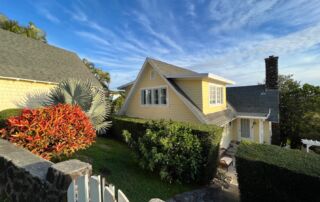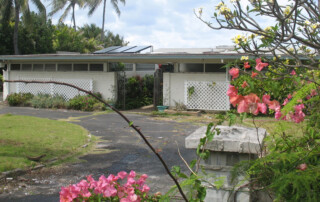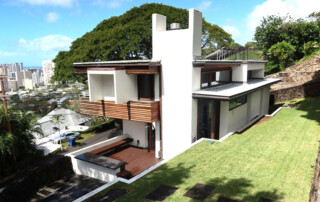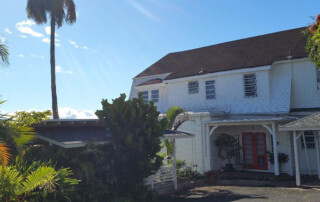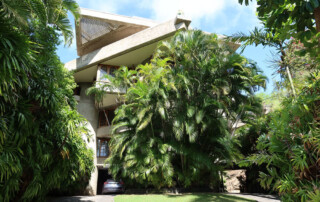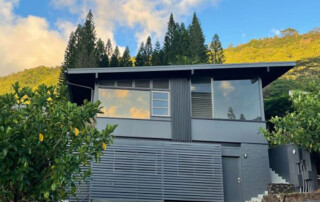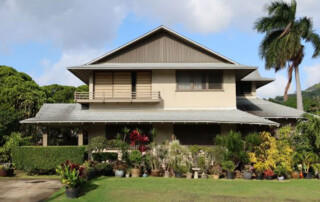4837 Sierra Drive / The Bowers’ House
Address 4837 Sierra Drives, Honolulu, HI 96816 TMK 330270030000 SHPD Historic Site Number N/A Abstract The Bower's House is a two-story residence built in 1931 and one of the first eleven homes in the Maunalani Heights subdivision on Oahu. The home is significant under Criterion A as part of a neighborhood that commemorates the growth of Honolulu's first automobile suburbs, being the highest elevation development accessible to autos at the time. The home is also significant under Criterion C as an example of Colonial Revival Style architecture and a house designed by Armena Louise Morse Eller (1895–1996), one of Hawaiʻi’s earliest known female architects. The builder was Dean H. Lake. Distinctive features include the three-story lava stone chimney, foundation and many rock walls on the property that divide the slope into terraces. Classic Hawaiian design elements such as the large casement windows in every room and open arch doorways between rooms promote cross-ventilation. The built-in furniture, crown molding and wall panels recall arts & craft construction.


